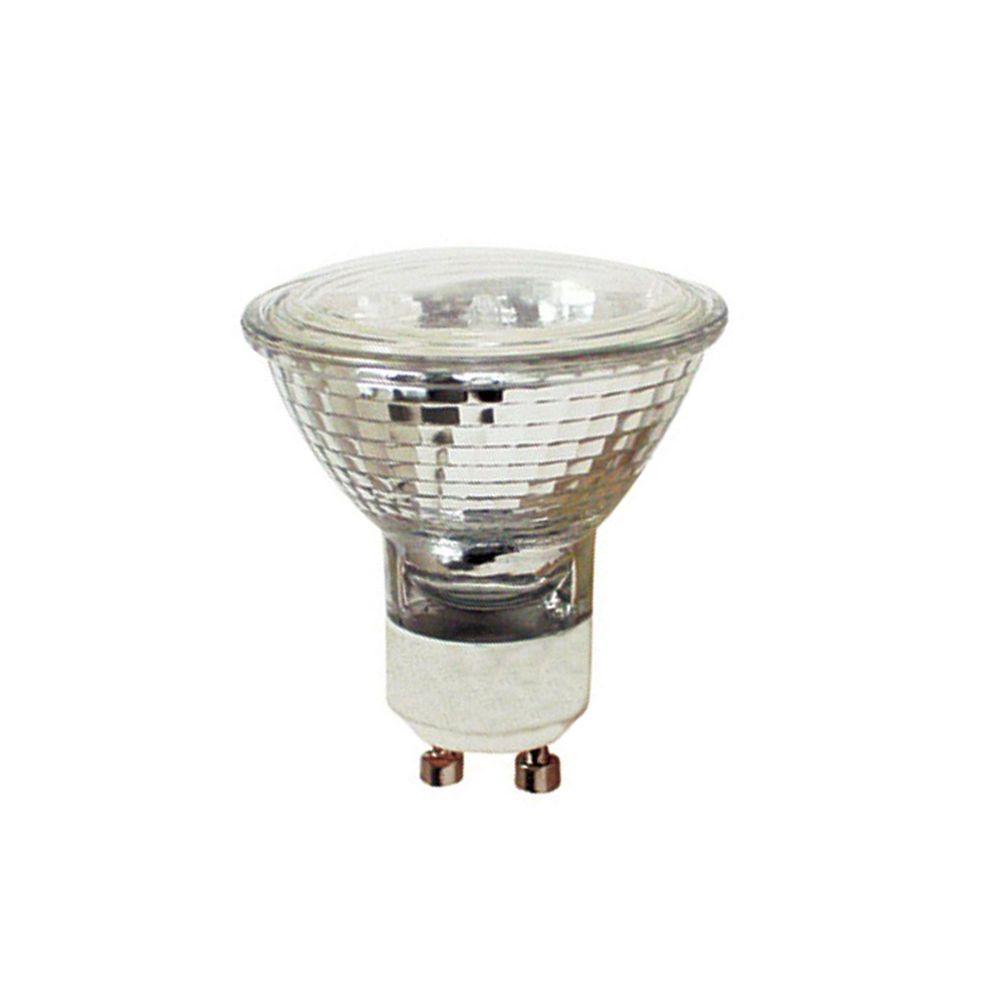
But, in the case of a halogen lamp, the tungsten combines with the halogen gas. In the case of a normal incandescent lamp, this tungsten gets adhered to the wall of the glass covering. Novel gases help to reduce the rate of evaporation of the tungsten. Due to extremely high-temperature evaporation of the tungsten takes place.

This rise in the temperature of the filament causes the emission of light (white or yellow). When the current flows through an extremely thin tungsten filament heat is produced. Along with this, a trace amount of halogen gases such are iodine and bromine are present inside the lamp. The inert gas such as argon fills up the major portion of the lamp. This filament is very thin and compactly arranged inside the quartz envelope. Halogen lamp consists of a tungsten filament.

Halogen Lamp Construction and Working Halogen Lamp Besides that, we will also discuss the advantages, disadvantages, handling, and testing methods of the halogen lamp. Thus, today we will discuss the construction and working of this lamp. It is also used in film projectors, scientific equipment, etc. In medical equipment such as the microscope, colorimeter, clinical chemistry analyzer, etc, it is useful to carry on the tests.

For example, in the house, it is useful to light up the rooms. Due to its wide range of sizes and variations, it has been widely used in a number of applications. It can be an AC or DC and are available in various shapes and sizes. It operates on the principle of the halogen cycle. A halogen lamp is a type of incandescent lamp with a fraction of halogen gas in it.


 0 kommentar(er)
0 kommentar(er)
